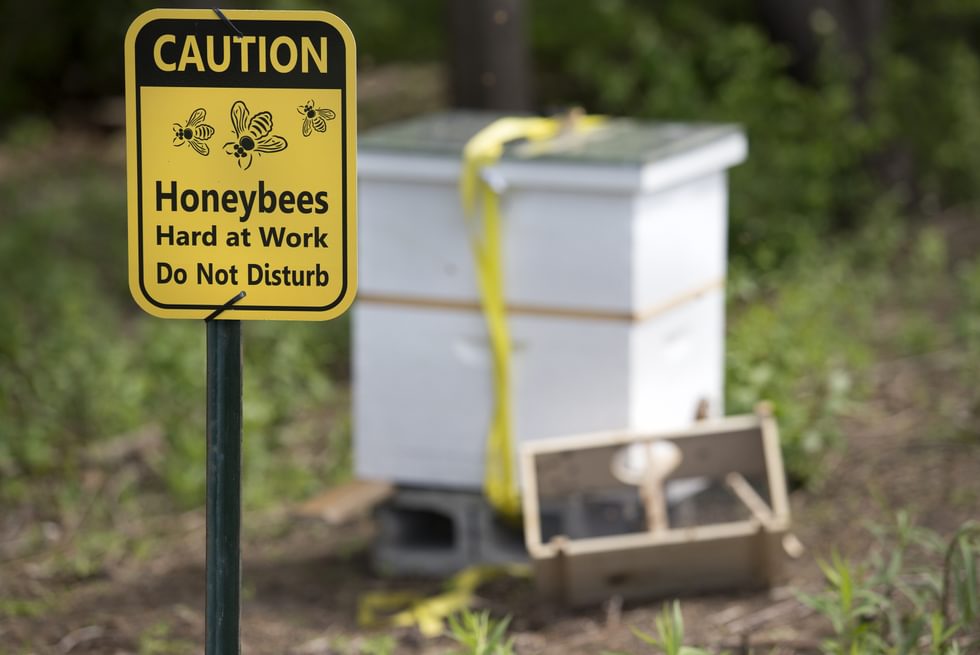Melt as Sensory Labor
From the Series: The Naturalization of Work
From the Series: The Naturalization of Work

As the ice of the world melts, heat is made visible. Rapidly rising temperatures draw attention to Earth’s cryosphere as it is increasingly measured, its retreats photographed, its depths plumbed, and its duration calculated. Lost glaciers and cracked ice sheets demonstrate changes to cryoforms, but they can also be taken as allegories of the ways that human labor has been performed with, or upon, nature. In the minor time of human existence, labor has carved into ecological systems, indexing the work that has gone into them as well as what has been extracted from them.
The Arctic region is heating at twice the rate of the rest of the world. Iceland, sitting on the edge of the Arctic Circle, has experienced some of the most dramatic glacial retreat on Earth. About 10 percent of the island’s surface is covered with several hundred distinct glaciers that are today losing an estimated 11 billion tons of ice per year. I have been following human and other-than-human labors in and around this waning cryosphere, seeking out points of transformation where ice’s material form is changing, moving, and being differently. As ice undergoes reformations of form, I have found Michel Serres’s (2008) concepts of the hard and the soft newly useful. For Serres, the former is the adjective associated with the physical sciences (and thus the knowledge regimes associated with nature), while the latter is diagnostic of a socioanthropological domain where the (seemingly) mutable truths of culture live in contrast to the experimentally inscribed facts that populate material sciences. For Serres, hard is given, while soft is made. I take these coordinates of hard and soft quite literally as a form of labor between humans and cryospheres, working together to reveal how hard ice is made soft through human contact. Contact here is not a direct tactile gesture of human hands upon ice, but instead, where the imprints of dispersed carbon and the production of fuel waste have come to touch ice and compel an ontological shift in it.
Since the Enlightenment, work has generally been taken as a uniquely human capability. For John Locke, work was the act of altering nature to make it one’s own. For Karl Marx, two centuries later, species-being exemplified the ability of Man to transcend his individuality. It was the productive life that was central to the human species: these were the collectively produced arts of human ingenuity that Marx believed surpassed all other beings in range, skill, intensity, and adaptability. Capitalism inverted this labor, contorting the life of the species into a means of individual life. It alienated humans from each other and their creations, forcing them into a merely physical existence—a condition of survival. In our climate-imperiled era, attention is drawn to a different kind of survival story for the human species.
Work is not only a human practice, but also a collaborative effort among people within and with other-than-human worlds. In considering the ways that nature works, I offer two lines of argument regarding the disappearing cryosphere. First, the great melting of our times is the product of work. It is the outcome of labor in an industrial-capitalist mode that has depended on extraction and, consequently, on externalities (in the form of emissions) and a changing climate. Second, if we are to take work as a relational process that extends beyond the boundaries of the human body, then we ought to see the melting of ice as both a product of work and a project of work between people and the world’s cryospheres. Melting ice works with us to reveal invisible heat.
In order to rethink the purposes and outcomes of work, we are tasked with interpreting how human labor and other-than-human work define one another. This raises the question of whether we might take the late industrial world to be not polluted, but rather overworked. Indeed, it may be both/and. Earth’s systems have been overworked by human industry and numerous forms of extraction. But the world has also been worked over: assaulted by the massive displacement of vital matter from one place to another in order to stimulate capital accumulation and profit. With the onset of colonial expansion, the geosphere and biosphere become more profoundly worked over as more matter was moved, further and faster. While Mary Douglas famously took pollution to be matter out of place, the displacement of Earth’s litho-, cryo-, and biospheres can likewise be taken as a polluting practice: a process of pulling vitality from one domain—deep down in geos, in the case of fossil fuels—and relocating it, in burned form, elsewhere, like in the sky.
A heating world and melted ice are products of how work has operated. They indicate the consequences of labor ordered by industrial capitalism. Melting ice also works to demonstrate something that many have been refusing to see: namely, that the hard has been made soft.
Serres, Michel. 2008. The Five Senses: A Philosophy of Mingled Bodies. Translated by Margaret Sankey and Peter Cowley. New York: Continuum. Originally published in 1985.